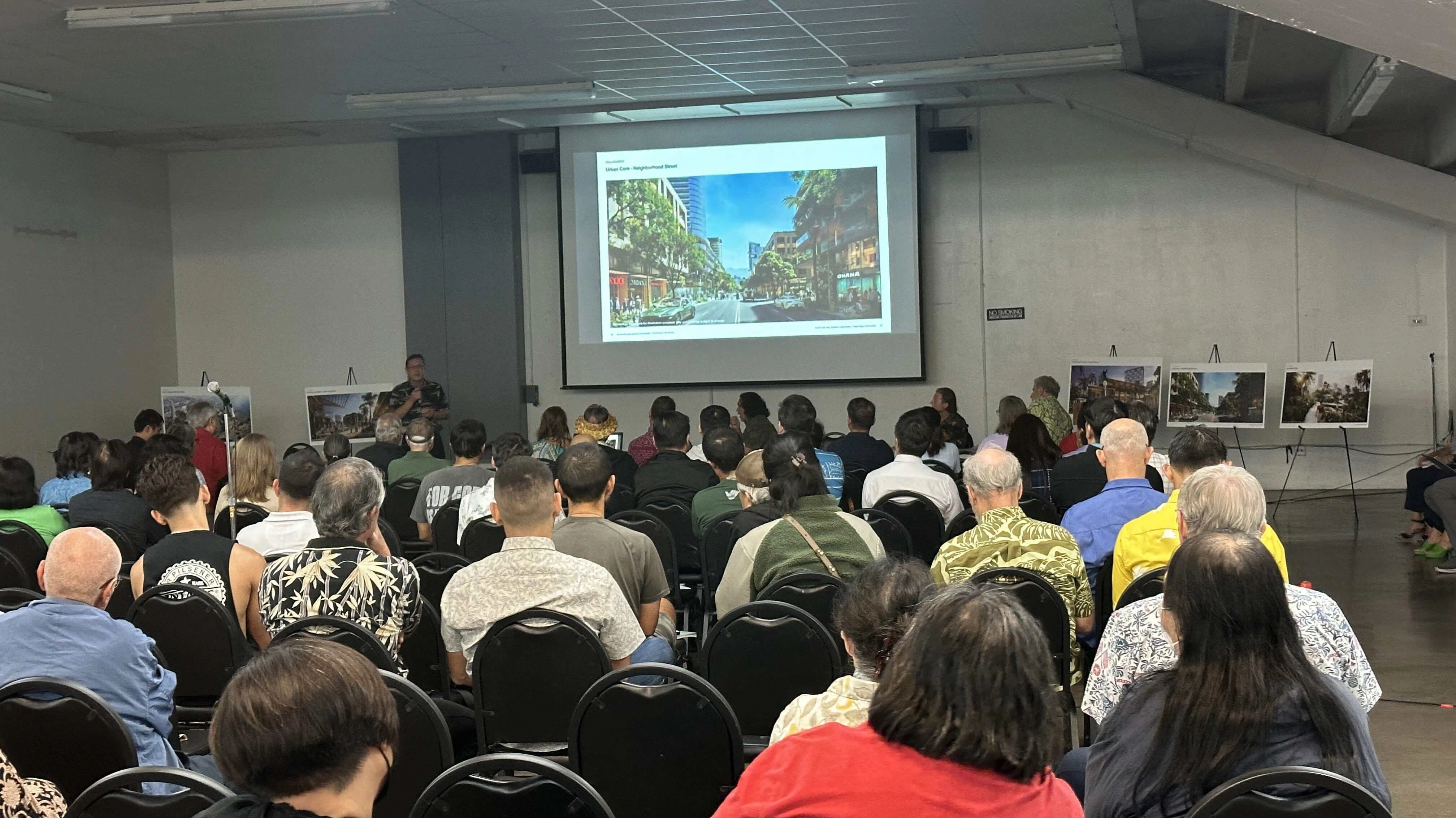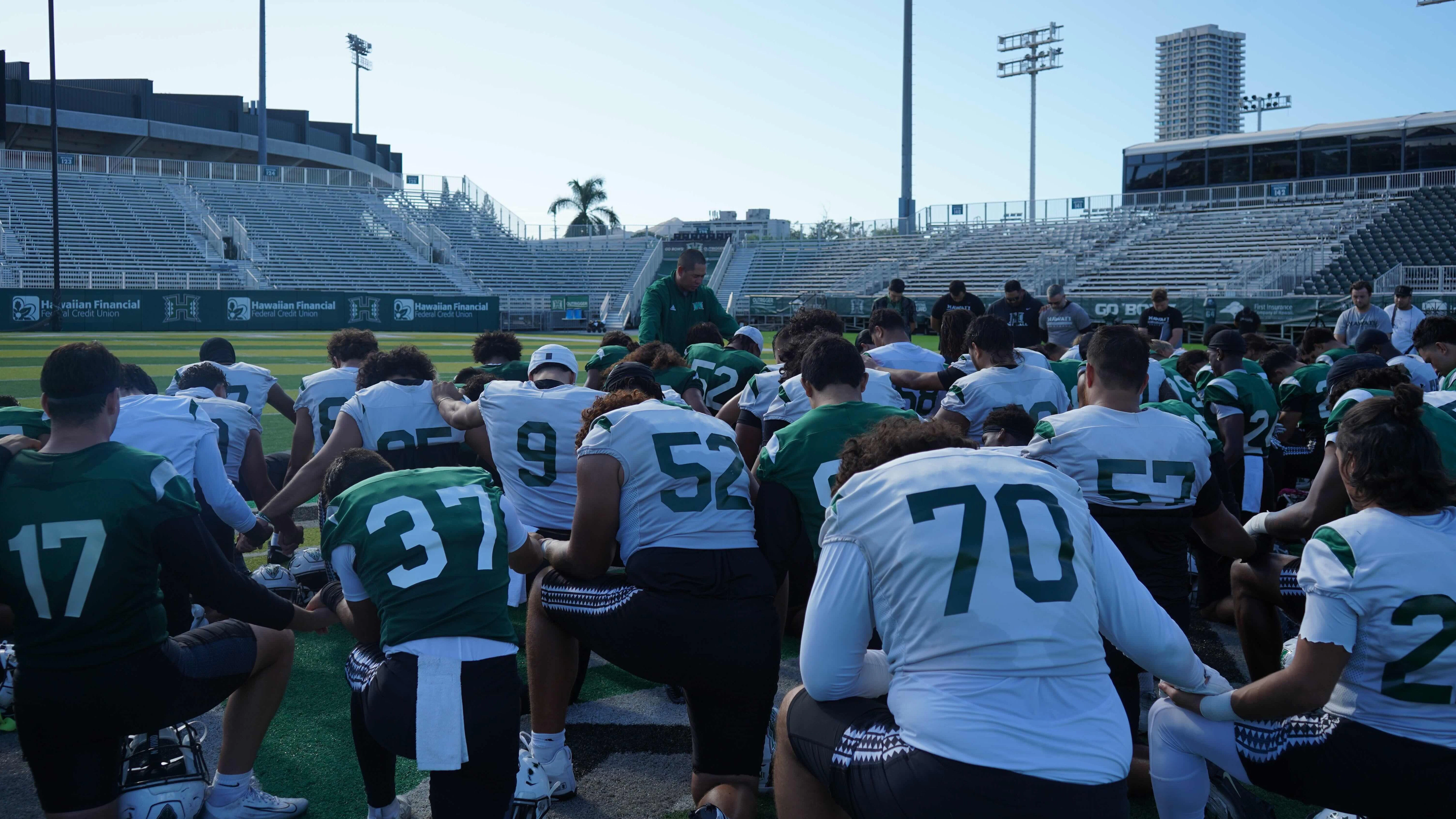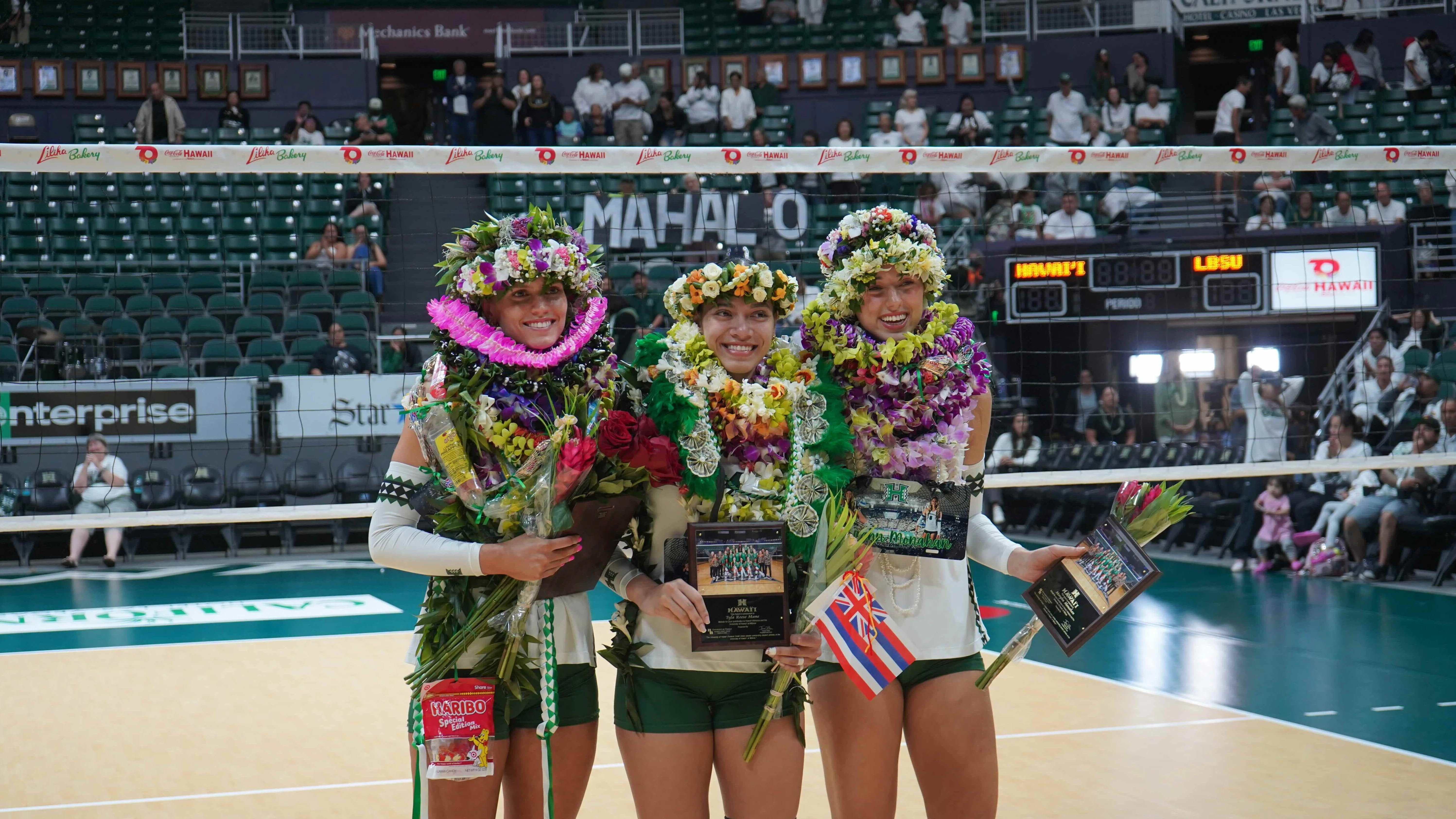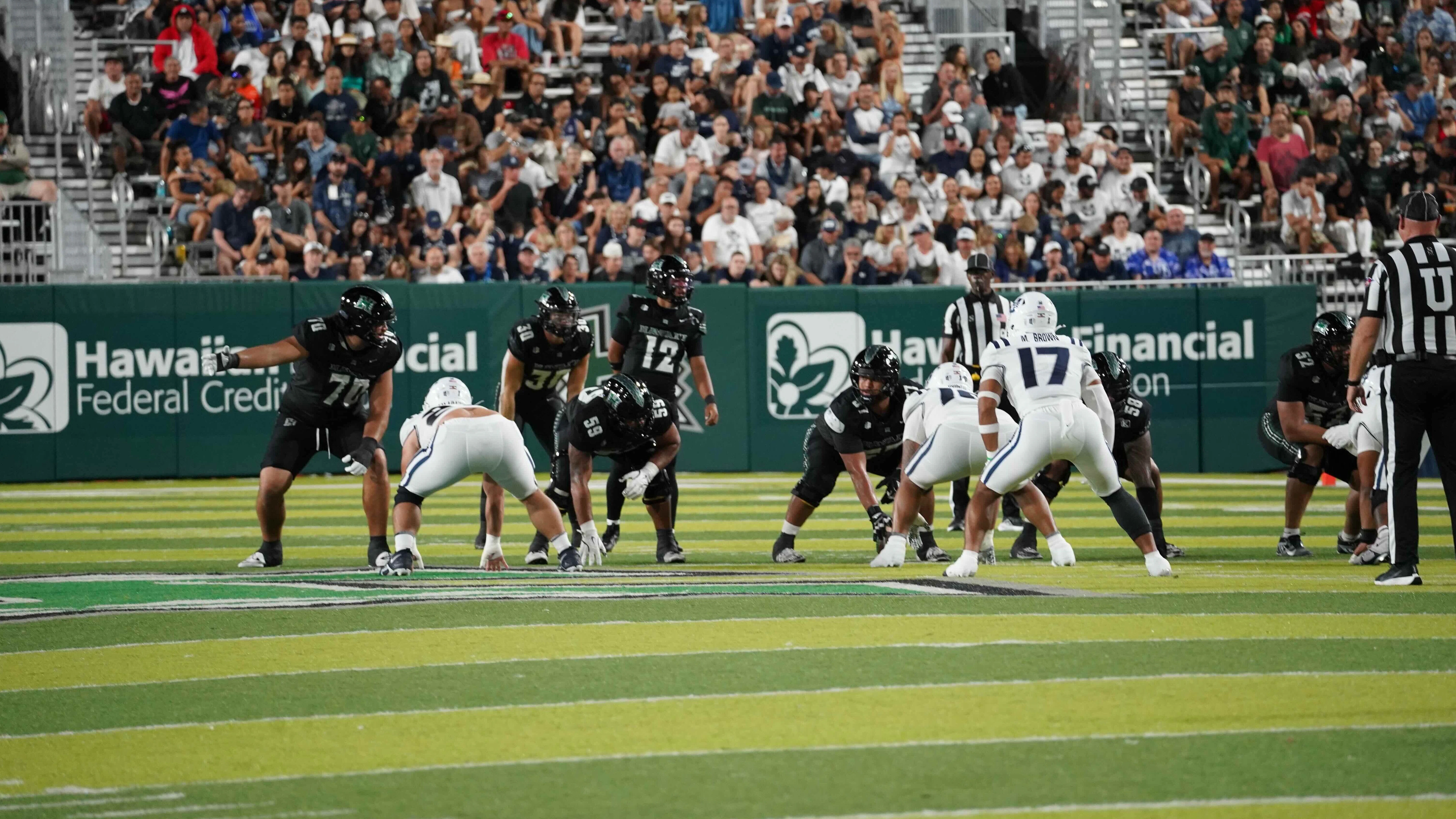On Monday evening in the Aloha Stadium hospitality room, about 50 members of the public attended a community meeting held by Aloha Halawa District Partners (AHDP).
It was the first time AHDP, the development team selected for the New Aloha Stadium Entertainment District (NASED), held a meeting in a public setting. A presentation featuring multiple companies within AHDP was followed by a public Q&A session.
Stanford Carr, president of Stanford Carr development, outlined how members of AHDP are aiming to make the 99 acres NASED covers in Hālawa a place that can be "activated" 365 days a year with a park, as well as a variety of entertainment and housing options. Additionally, AHDP collectively believes the creation of more jobs will be a positive outcome of NASED.
Carr called NASED a place where the people in it can "live, play, work, thrive and learn," a stadium-centric project that manifested into an effort to create a community, as well as a destination that he hopes attracts visitors.
Affordable housing at NASED will also be available. Carr compared it to Hale Kewalo, one of his other developments, which charges rent as low as $656 on Piʻikoi Street.
In addition to the future home of the University of Hawai‘i football team, the stadium will be surrounded by "Aloha Live!"
Joe Weinberg, president of CEO of The Cordish Companies, compared Aloha Live! to Broadway Street, a popular tourist destination in downtown Nashville, Tenn. Weinberg also likened Aloha Live! to other entertainment and eating areas surrounding stadiums such as Texas Live!
Weinberg also emphasized a desire to enhance the Aloha Stadium Swap Meet experience, floating the idea of live music at future swap meets.
Another speaker was Rob Iopa, president of WCIT Architecture, who outlined the cultural importance of the project.

The latest self-imposed deadline for the execution of a contract between AHDP and the Stadium Authority is set for the end of June, but Carr believes it can be done as early as April. Demolition of the current Aloha Stadium is projected to take 10 months, but it cannot begin until the contract is executed.
Despite the recent resignation of Aloha Stadium manager Ryan Andrews, optimism remains for the new stadium to be completed by the target date of summer 2028.
"It's super aggressive," Hawaiʻi Department of Accounting and General Services (DAGS) special projects manager Chris Kinimaka said of the target date, "so we have to work very closely together. We are meeting with other stakeholders, like the Department of Planning and Permitting. ... Our state stakeholders, everyone's been very supportive. Fingers crossed. If we just keep moving our ducks and keeping them in a row, we'll try to hit that date as best as we can."
Christian Shimabuku can be reached at christian@alohastatedaily.com.





